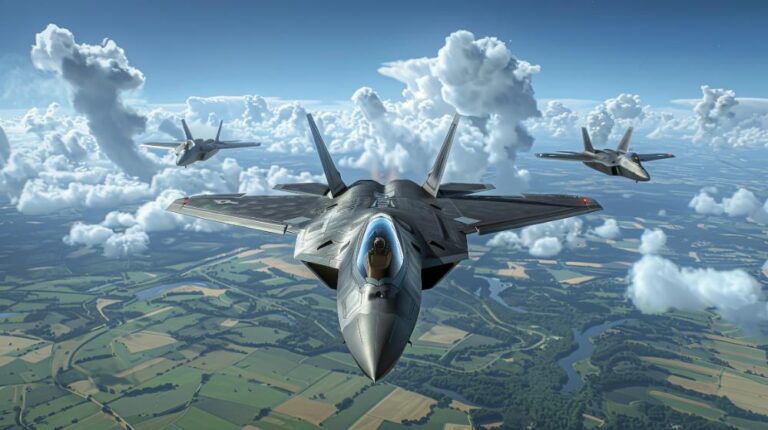When it comes to air travel, every minute matters. Shorter flight times mean lower operating costs for airlines and less impatient waiting for passengers. But making jets fly faster while using less fuel is an incredible engineering challenge. The latest advances in aerospace materials are a big part of the solution.
Shedding Weight for Faster Climbs
One simple way to increase cruising speeds is by reducing an aircraft’s overall weight. The lighter the plane, the less thrust required for takeoff and to overcome aerodynamic drag. But traditional aluminum alloys used in airframes are quite dense and heavy. In recent years, many military and commercial jets have incorporated aerospace composites made from woven carbon fibers set in lightweight polymer resins. According to the people over at Aerodine Composites, these materials can be stronger than metals, yet weigh up to 30% less.
Keeping Things Cool Under Pressure
The more a jet engine compresses incoming air, the hotter and faster it can burn fuel for increased thrust and velocity. Nevertheless, extreme heat and pressure places enormous strain on engine components, particularly the turbine blades directly exposed to combustion exhaust. Coating turbine blades with advanced ceramic matrix composites (CMCs) incorporating silicon carbide reinforced with silicon carbide fibers provides outstanding heat shielding that raises engine operating limits. Some CMCs remain sturdy at temperatures over 2000°F, which is high enough to cause metal parts to soften or melt.
Battling Sonic Boom
As military jets accelerate past the speed of sound, they create continuous shock waves known as a sonic boom – a loud thunderclap heard for miles around. While amazing feats of aviation, sonic booms can severely disturb people and even damage property. Carefully shaping aircraft with sleek profiles using advanced lightweight materials means engineers are getting closer to reducing or even eliminating sonic booms from ultra-fast aircraft. This would permit overland supersonic flights that are currently restricted in most areas.
Harnessing Hypersonic Flight
Some experimental aircraft can achieve mind-boggling hypersonic speeds above Mach 5 – over five times faster than the speed of sound. At these extreme velocities, the surrounding air molecules behave like a fluid rather than a gas. Aerodynamics alone cannot explain the complex chemical and heat transfer processes at play. So testing advanced materials incorporating ablative shields that burn off in a controlled way when super-heated is critical for designing hypersonic aircraft and spacecraft capable of skipping along the atmosphere.
Sky-High Strength and Safety
While speed gets top billing, safety is of utmost priority for aerospace engineers. Civilian and military jets both require ultra-rugged airframes able to withstand excessive forces from turbulence and rapid maneuvers without cracking or deforming. Aerospace composites made from woven aramid fibers like Kevlar provide exceptional damage resistance and durability for primary structural components. Their impact shielding can help passengers walk away from hard landings that would have caused catastrophic hull breaches in older metal aircraft.
Smarter Monitoring and Maintenance
Beyond their physical resilience, modern aerospace materials are getting increasingly “smart” thanks to embedded nano sensors. These microscopic devices can continuously monitor the structural integrity and health of critical components in real-time by detecting minute changes, cracks, or deformations. Catching issues earlier means proactive maintenance prevents larger system failures in the air. Some sensors even record data on temperatures, loads and stresses each component experienced during flights, enabling better preventative service and replacement schedules.
Conclusion
From transonic commercial jets to hypersonic military aircraft, advanced aerospace materials are the catalysts for elite speed and durability that push the boundaries of flight. As materials science progresses, engineers will continue unlocking new designs and capabilities that could scarcely be imagined even a decade ago. The future of air travel promises to be faster, safer, and more efficient than ever before.

